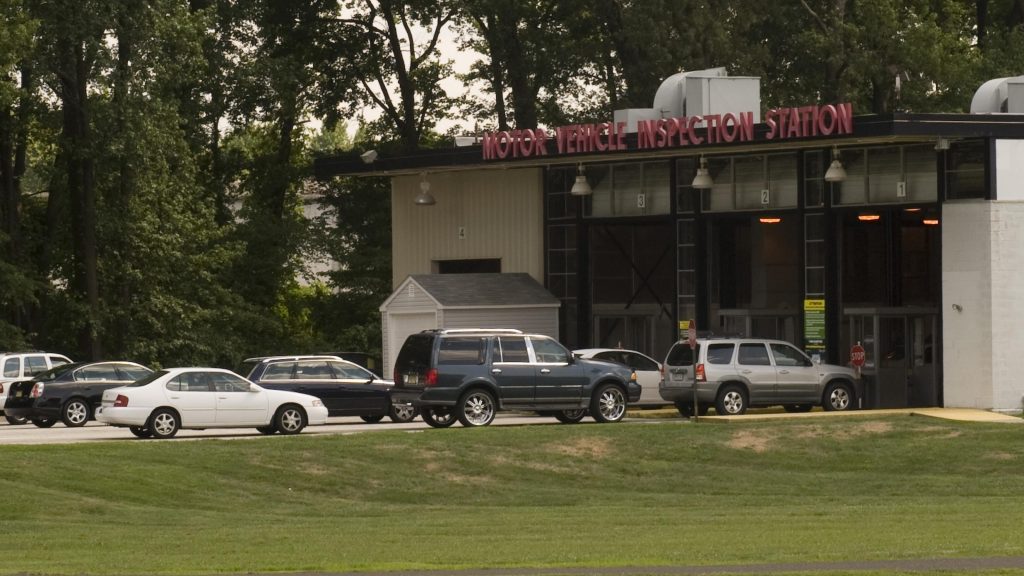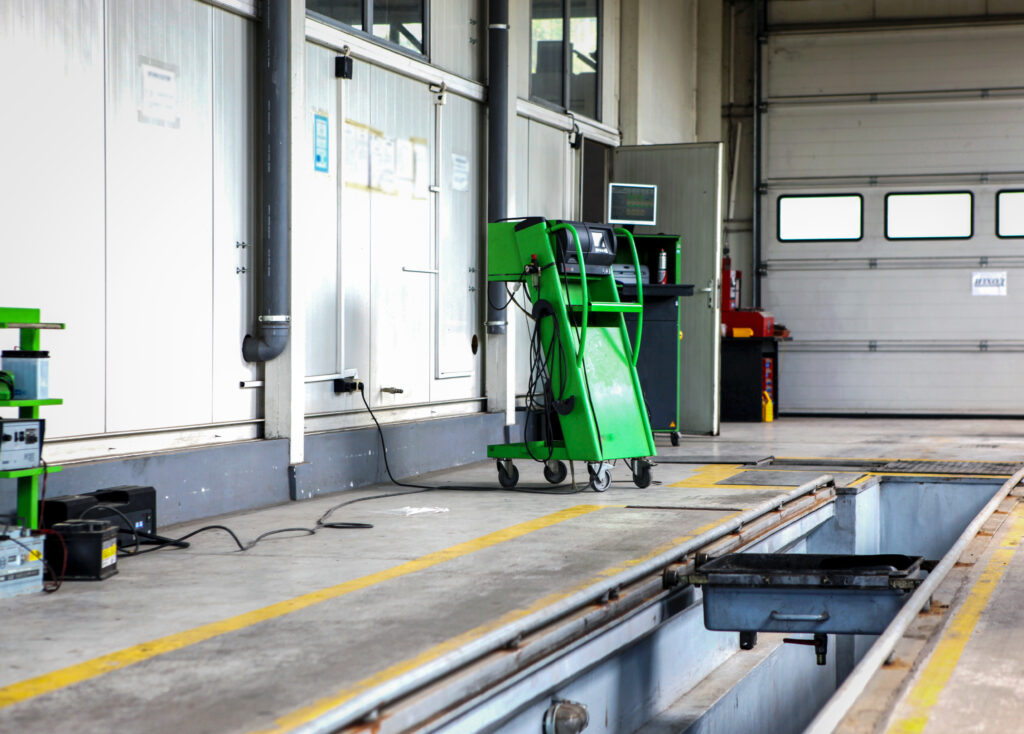Quality Assurance and Audits
Every enhanced I/M program is required to have an on-going quality assurance program designed to discover, correct, and prevent improper testing, fraud, waste, and abuse of the system.
In addition, the quality assurance program should help the State assess whether or not inspection procedures are being properly implemented and are adequate to address the emissions problems for that area. New Jersey’s quality assurance program primarily focuses on audits of the inspectors and the inspection process.

Benefits
New Jersey’s motor vehicle inspection and maintenance (IM) program has been demonstrated to provide significant air pollution reductions so that we can all breathe easier.
Our high-volume lane audits and “behind the scenes” work helps ensure that vehicle emission controls are working properly. We also check vehicle inspection stickers to calculate and report emission inspection compliance rates.

Sticker Audits
Both the NJDEP and the NJMVC conduct sticker compliance surveys, which is when vehicles are audited while in a parking lot, or while parked on the street, and compliance is determined by visually examining the inspection sticker expiration dates. The surveys are conducted randomly in various areas throughout the northern, central, and southern portions of the State.
No worries, though! You aren’t getting a ticket. We are just surveying to see how many people comply with the program. Help us get the highest score possible by making sure you get your vehicle inspected when its due.

Centralized Inspection Facility Lane Inspection
There are over 100 Centralized Inspection Facility lanes throughout the State, which 80% of New Jersey motorists use. Auditors are out in these “high-volume” lanes checking the equipment, which adds up to nearly a thousand components each month. This quality assurance work is required by the USEPA and it is paid for by motor vehicle registration fees.
Lane equipment that is not working properly could “Falsely Fail” your vehicle and you could end up paying for unnecessary vehicle repairs. Therefore, auditing the high-volume lanes is an easy and efficient way to check quality.

Private Inspection Facility Inspection
In New Jersey, PIFs are all required to use equipment from a sole approved vendor, SGS Testcom. Both the NJMVC and NJDEP are responsible for performing audits of the emission testing equipment in the PIFs. PIFs that are shut down as a result of an audit are unable to conduct inspections on their workstations or make any inspection transactions until the failed audit condition is corrected.

OBD Simulator Fraud
The Bureau of Mobile Sources (BMS) is responsible for quality assurance oversight of emissions tests performed in the State’s motor vehicle inspection program. BMS personnel developed a method to detect fraudulent inspections that are performed using an electronic simulator in lieu of a vehicle’s on-board diagnostic system, which is the required inspection for most cars and light trucks manufactured after model year 1995. An investigation by BMS, the Division of Criminal Justice and the Motor Vehicle Commission resulted in three men who formerly operated a private auto inspection business in Paterson being sentenced to jail for fraudulently using data simulators to generate false passing results for motor vehicle emissions inspections during 2010-2014. The men took payments of $80-150 from customers in return for using the electronic devices to generate passing results for vehicles that had failed emissions inspections. BMS recently finalized the Environmental Impact Analysis identifying the damage caused by fraudulent emissions inspections performed in Passaic County and determined it had caused a 104 ton per year increase in nitric oxide (NOx) and volatile organic compounds (VOCs) emissions throughout the county and surrounding areas during 2013 alone. NOx and VOCs are precursors to ground-level ozone formation. New Jersey is in non-attainment for the National Ambient Air Quality Standard for ground-level ozone.